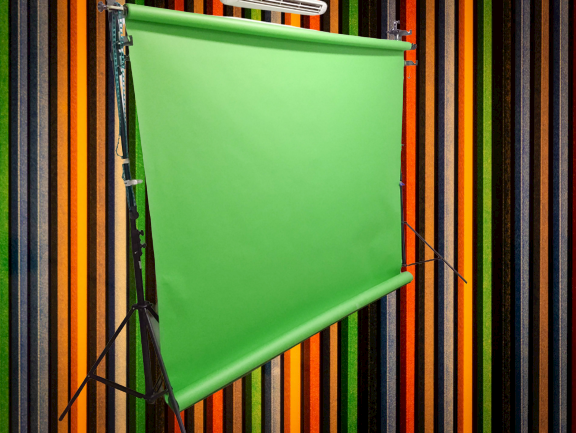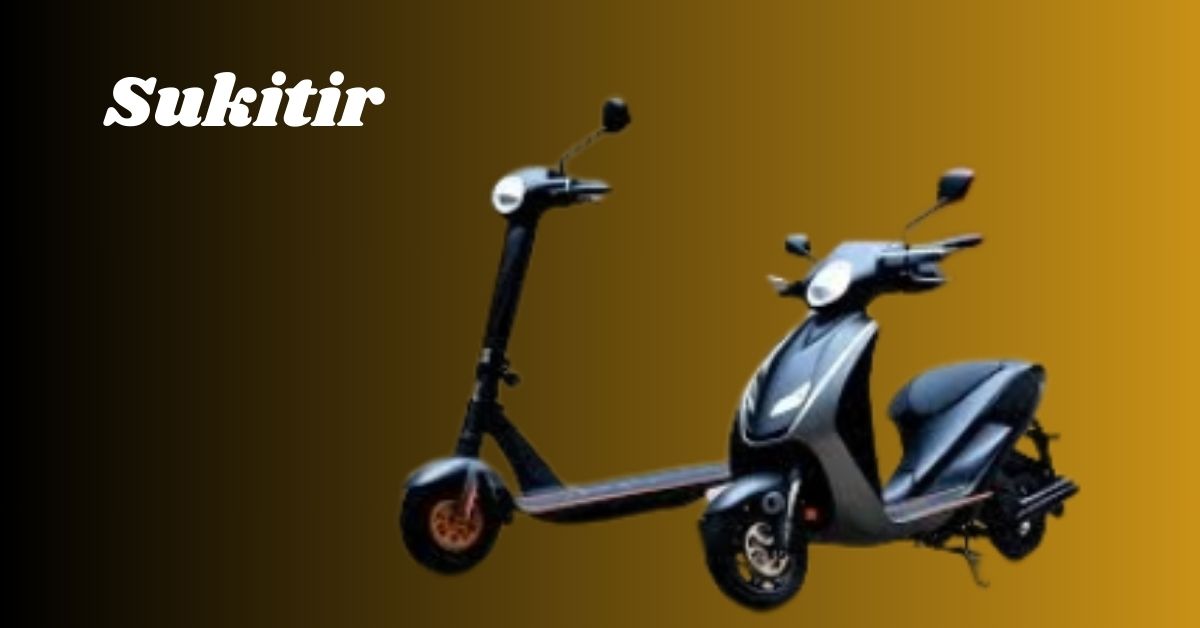A portable Green Screen is ideal for a variety of uses. It offers a wrinkle-resistant surface and can be set up quickly. Once set up, it can be packed away just as quickly. It can also help to soften the output of studio lights. It is an easy way to prep for a broadcast in a snap.
Fabric is wrinkle-resistant
A portable green screen needs to be free from creases and imperfections. Fabric tends to wrinkle, so you will want to use an iron or steamer to get rid of the wrinkles. The smallest crease can interfere with shadows. If this happens, you should invest in a new backdrop.
One of the main benefits of using a portable green screen is its portability. Whether you’re traveling or filming a cooking show, its portability can be a huge benefit. Many green screens have a carrying handle to make them easy to carry around. Some portable green screens have extra-large screen areas that can accommodate more participants. The fabric also distributes light evenly and provides high-quality chroma-key performance, even in low light conditions.
Paint is permanent
Paint is an inexpensive way to create a permanent green screen. Unlike fabric green screens, paint does not wrinkle and is durable enough to withstand limited cleaning. Additionally, you can reuse the paint if it gets dusty or damaged. However, you have to be careful not to touch the painted area. This is why it is a good idea to cover the screen with a protective sheet when it is not in use.
Paint is also perfect for creating virtual green screens. Painted objects make for great interaction since they are harder to move around. In addition, it requires the longest setup time. But be warned that paint is also more prone to hot spots than fabric and is more difficult to light evenly.
Fabric is prone to hotspots
Fabric is prone to hotspots and wrinkles when used as a portable green screen background. To avoid hotspots, use a material that is flexible and doesn’t show wrinkling. Using a steamer or iron can smooth out the wrinkles. Fabric with hotspots will interfere with shadows, so you should use a new backdrop every so often.
The most common source of chroma keying error is luminous hotspots. This problem can be solved by using a foam-backed fabric. It also scatters light more evenly. Despite the advantages of foam-backed fabric, it still has drawbacks. It has a longer setup time and is more susceptible to hotspots than fabric. It also cannot be easily transported.
Translucent umbrellas soften the light output of any studio light source
Umbrellas can be used to diffuse the light output from any studio light source. Regardless of the type of light source, transparent umbrellas soften the light and give a beautiful, softer look to your photos. They can be used in a variety of settings and can be as small as a tabletop product or as large as a seven-foot model.
Umbrellas and softboxes are both effective diffusers, and both soften the light output of any studio light. Umbrellas are more portable than softboxes and can be set up quickly. Both softboxes and umbrellas can be positioned at different angles, which makes them versatile.
Retractable design makes it convenient for video streaming on the go
Streaming is a better option for video on the go than downloading media files. While downloading a video saves it to your device’s hard drive and takes a long time to transfer, streaming video is available immediately. Browsers play streaming video in real time instead of copying it and load it bit by bit instead of downloading the entire file all at once. In addition, browsers do not save any information locally on the device, making it a convenient way to watch video on the go.
Read: What Are Unruggables?






